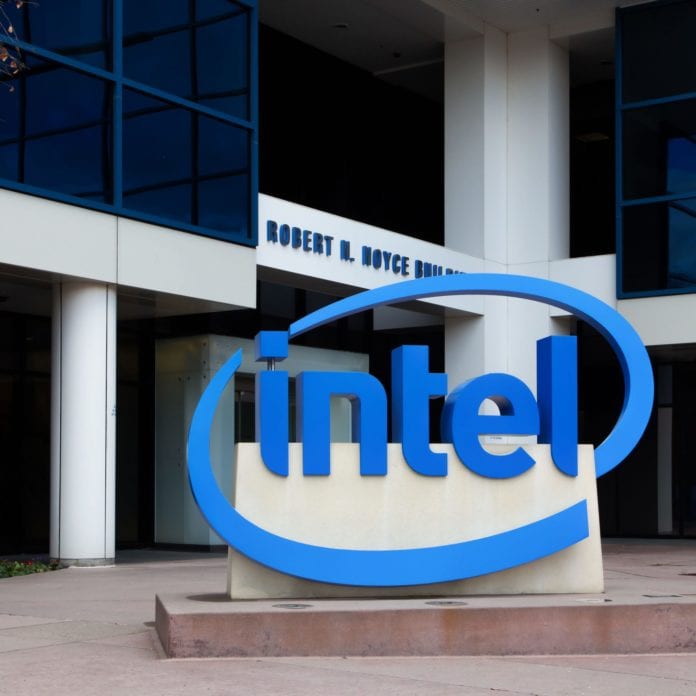Intel provides Wind River components and NFV SDK to Akraino Edge Stack
Intel announced it is contributing Wind River Titanium Cloud components along with its Network Edge Virtualization Software Development Kit (NEV SDK) to the Linux Foundation’s Akraino Edge Stack project. By contributing to the open source project, Intel will join community members Altiostar, China Electronics Standardization Institute (CESI), China Mobile, China Telecom, China Unicom, Docker, Huawei, iFlyTek, New H3C Group, Tencent, ZTE and 99Cloud.
The Akraino Edge Stack project was introduced last month with a focus on developing an open source stack to improve the state of edge cloud infrastructure. Edge computing has been championed as an effective way to connect and secure the growing number of IoT devices. To kickstart the project, AT&T contributed its code made for carrier-scale edge computing applications running in virtual machines and containers.
The Wind River Titanium Cloud components that Intel is contributing have a foundation based on open standards. They are extended and hardened to meet infrastructure requirements, including high availability, fault management and performance management needed for continuous 24/7 operation. They also provide the low latency, high performance, scalability and security needed for edge and IoT workloads, according to the company. The components include new open source assets, in addition to several patches to existing open source projects, including OpenStack, QEMU and Ceph.
The Intel NEV SDK contribution, on the other hand, provides a suite of reference libraries and APIs to enable edge-computing solutions for different network deployment scenarios, including small cells, macro cells, wireline, aggregation sites and central offices. It is made to remove the need for application developers to understand the complexity and implementation attributes of the underlying network protocols. The Intel NEV SDK libraries have been validated and deployed with Wind River Titanium Cloud technology, according to the company.
“Intel’s contribution of production-quality edge computing infrastructure software offers users
new levels of flexibility to scale edge cloud services faster, maximize the applications or
subscribers supported on each server, and help ensure the reliability of systems,” said Imad
Sousou, corporate vice president and general manager of the Open Source Technology Center,
Intel, in a statement. “This project helps provide an open and scalable platform to encourage broad community involvement, accelerating innovation and edge stack productization across the ecosystem.”
The contribution follows the Linux Foundation announcing a new embedded reference hypervisor project called ACRN, which aims to provide a framework to build an open source embedded hypervisor for the IoT, earlier this month. Intel contributed engineering and code to the hypervisor, which was built with real-time and safety-criticality, and optimized to streamline embedded development, according to the Linux Foundation.

